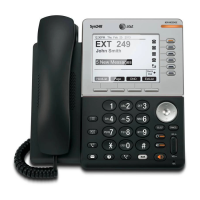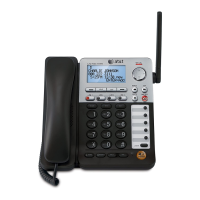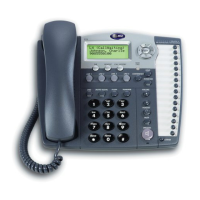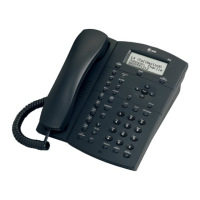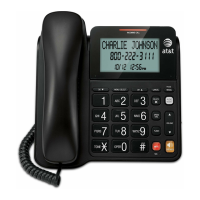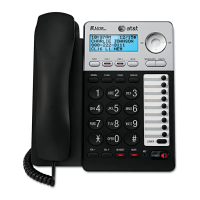Appendix
49
Precautions of users of implanted cardiac pacemakers
Cardiac pacemakers (applies only to digital cordless telephones):
Wireless Technology Research, LLC (WTR), an independent research entity, led a multidisciplinary
evaluation of the interference between portable wireless telephones and implanted cardiac
pacemakers. Supported by the U.S. Food and Drug Administration, WTR recommends to
physicians that:
Pacemaker patients
Should keep the wireless telephone at least six inches from the pacemaker.
Should NOT place wireless telephones directly over the pacemaker, such as in a breast
pocket, when it is turned ON.
Should use the wireless telephone at the ear opposite the pacemaker.
WTR’s evaluation did not identify any risk to bystanders with pacemakers from other persons
using wireless telephones.
About wireless mics
Privacy: The same features that make a wireless mic convenient create some limitations.
Calls on conference phones are transmitted between the base unit and the wireless mic by
radio waves, so there is a possibility that the wireless mic conversations could be intercepted
by radio receiving equipment within range of the wireless mic. For this reason, you should not
think of conference phone conversations as being as private as those on corded telephones.
Electrical power: The base unit of this conference phone must be connected to a working
electrical outlet. The electrical outlet should not be controlled by a wall switch. Calls cannot
be made from the conference phone if the base unit is unplugged, switched off or if the
electrical power is interrupted.
Potential TV interference: Wireless mic operates at frequencies that may cause interference
to televisions and VCRs. To minimize or prevent such interference, do not place the base unit
near or on top of a TV or VCR. If interference is experienced, moving the wireless mic farther
away from the TV or VCR often reduces or eliminates the interference.
Rechargeable batteries: Exercise care in handling batteries in order not to create a short
circuit with conducting material such as rings, bracelets and keys. The battery or conductor
may overheat and cause harm.
Lithium-ion rechargeable batteries: Dispose of these batteries in a safe manner. Do not burn
or puncture. Like other batteries of this type, if burned or punctured, they could release caustic
material which could cause injury.
Operating range
This conference phone operates with the maximum power allowed by the Federal
Communications Commission (FCC). Even so, this wireless mic and base unit can communicate
over a certain distance, which can vary with the locations of the base unit and wireless mic, the
weather, and the layout of your office.
When the wireless mic is out of range, the status indicator flashes red quickly on the wireless
mic. The wireless mic will sleep after out of range for 30 minutes. Therefore, you should always
return the wireless mic to the charging cradle after use.
If there is an incoming call while the wireless mic is out of range, the incoming call green light
may not flash on the wireless mic, or if it flashes, the call may not connect well when you
press on the base unit. Move the wireless mic closer to the base unit, and then press
on the base unit to answer the call. If the wireless mic moves out of range during a telephone
conversation, there may be interference. To improve reception, move closer to the base unit.
•
•
•
•
•
•
•
•
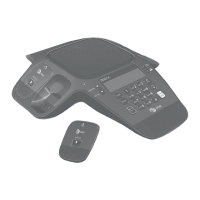
